5. Those Who Remained
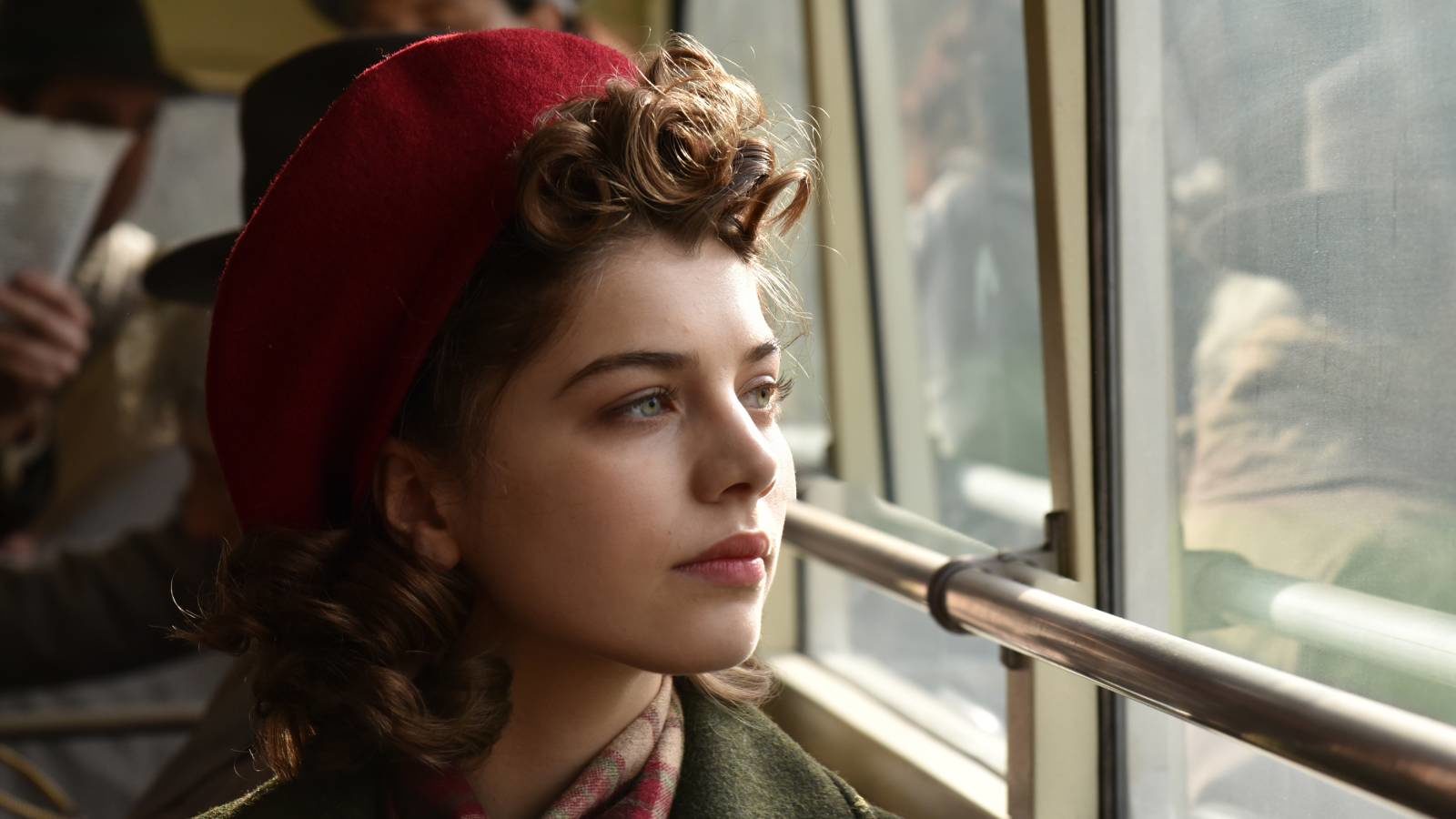
In the emotional story of Those Who Remained, Hungarian director Barnabás Tóth, centres his plot on the immediate consequences of the Holocaust and the Second World War in Hungary.
The main protagonists are two Holocaust survivors: Aldo (Karoly Hajduk), a 42-year-old doctor and Klara (Abigel Szoke), a 16-year-old teenage girl. They have both lost their families and are haunted by guilt and hopelessness. Highly traumatized by their experience during the Holocaust, they must also face the reality of a shattered country and of a new totalitarian regime. Both find shelter and comfort in each other’s company in a relationship that explores the many faces love can take. At first, Klara sees in the older Aldo a father figure she greatly misses. Aldo is still suffering for the wife and children he lost during the war and Klara becomes for him a ray of hope, a soul he can still save from a society that continues to be unfair and sick.
It is pain that first unites them, a deep trauma that has destroyed entire families, communities, leaving shattered lives and people in a confusing world. But deeper than pain is love, a feeling they both need in order to overcome their despair. As their relationship seems to develop into more than a father-daughter one, it immediately draws the attention of the new state security apparatus. It is then understandable that Klara sees the dead as the luckiest ones and the survivors as those who suffer the most, having to face the gruesome realities of the post-war period.
Tensioned, emotional and touching, Those Who Remained shows that surviving is a process, not an accomplishment and that for this process, love and human connection are essential.
4. Portrait of a Lady on Fire
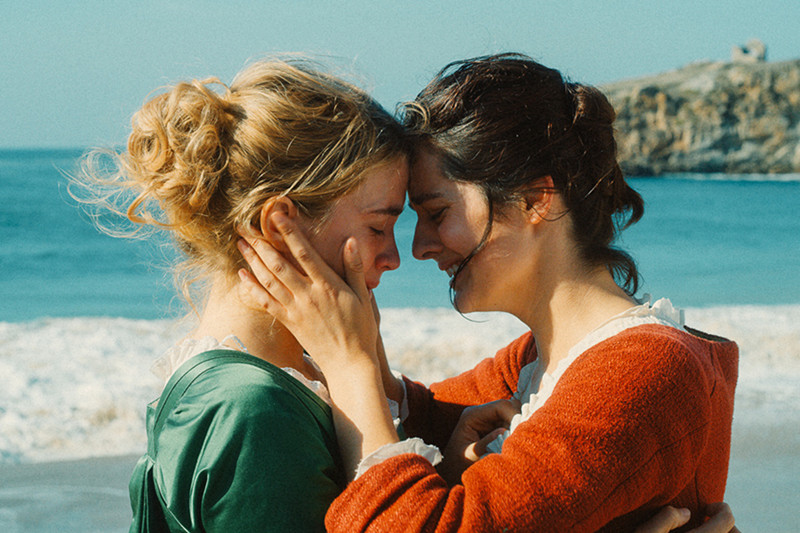
French film Portrait of a Lady on Fire tells the love story between two women, Marianne (played by Noemie Merlant) and Héloïse (played by Noemie Merlant) in Brittany, France, at the end of the eighteenth century.
Directed and written by Céline Sciamma, the film captures the beauty, intimacy and struggles of lesbian relationships as seen through the eyes of women.
Marianne, a painter, is hired by Héloïse’s mother to secretly paint her daughter’s portrait for a potential husband for Héloïse. As Marianne is working secretly on the portrait, studying her subject in the long walks across the beautiful isolated French island, they become involved in a romantic relationship. The portrayal of their romance is spectacular, with both actresses offering stunning performances.
The film also impresses the audience with its beautiful images, symbolic frames, emotional and original music, all these elements making Portrait of a Lady on Fire a great cinematographic achievement. One of the few representations of lesbian relationships from a female perspective, Sciamma’s film does not rely on conflict or drama to tell the story, but on the character’s small gestures and dialogue, creating authentic emotion for the audience. This is best observed in the bonfire scene, an all-female dance and music spectacle, where the rhythms and moves of the characters create a serene atmosphere, filled with tension and feeling.
Portrait of a Lady on Fire is a contemplative film, inviting the viewers to analyze art’s ability to represent and to change destinies and brings a fresh perspective on intimacy, love and the representation of women in arts.
3. Pain and Glory
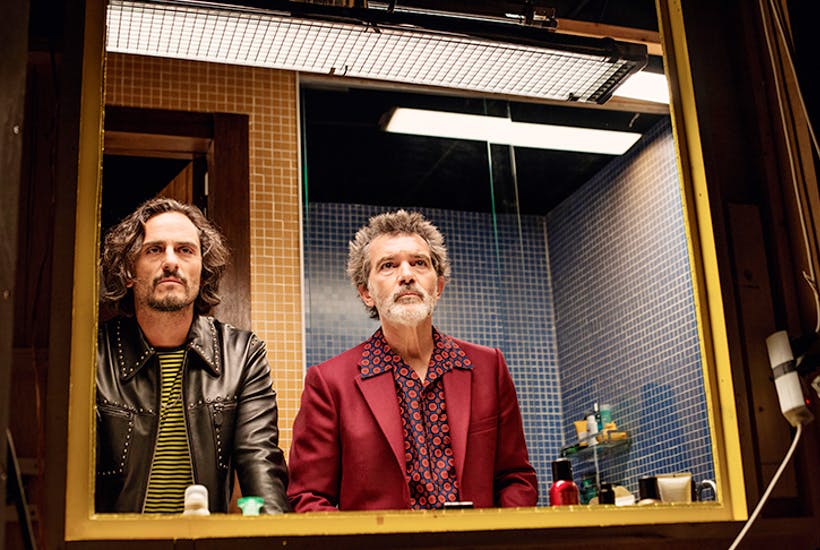
Pedro Almodovar’s latest film, Pain and Glory, is a story about Salvador Malle (played by Antonio Banderas), a depressed and ageing film director, who reflects on his life as he starts to understand the limits of his body. The action takes place in various periods, from the protagonist’s childhood to his present-day life, following important chapters of his life: education, first love, his achievements as a director.
While different from the films that made Almodovar one of the most loved Spanish directors, Pain and Glory is truly enjoyable because it talks about those emotions we can all identify with: insecurity, fear, love, disappointment, pride.
The plot is not surprising, yet the movie is beautiful through its images and dialogues. In this semi-autobiographical film, Almodovar not only uses with abundance the colour red that has become a signature of his cinematography, but he also masterfully plays with the frames, creating a visual journey. The film deals with the inevitability of suffering and with the fragility of our human body, that no matter how famous or rich we are, shadows our existence.
Nominated for two Academy Awards (Best International Feature Film and Best Performance by an Actor in a Leading Role) and already awarded with numerous prizes, Pain and Glory is one of the best films of 2019 and one of the most impressive creations of Almodovar.
2. System Crasher
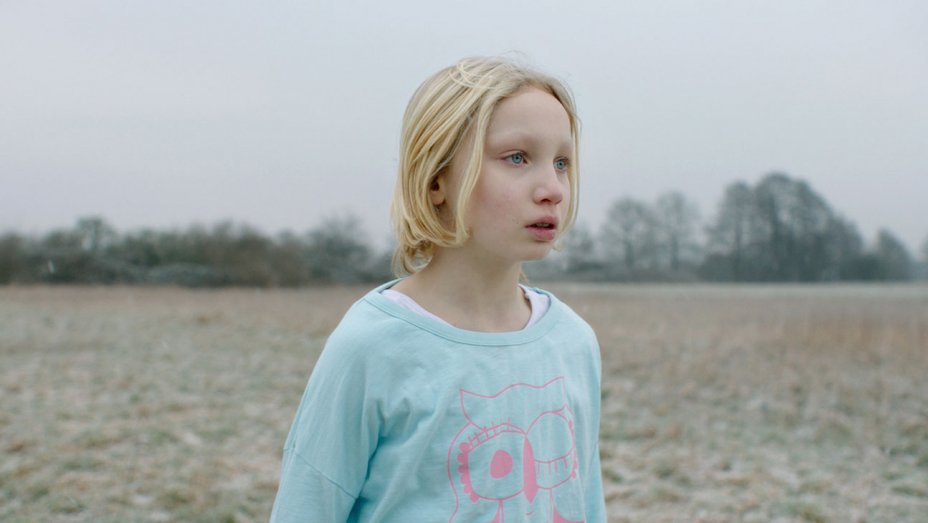
A profound and impressive drama film, System Crasher describes a painful reality about children who cannot adapt to society and about a system that fails to offer a safe environment for the troubled.
The film follows 9 years old Benni, a troubled child, with violent outbursts, who is a danger to herself and to those around her. While her mother is scared of her, Benni becomes part of the children social service where everyone seems unable to offer her the safety and help needed to overcome her past traumas.
Actress Helena Zengel, who plays Benni’s role, has an amazing performance, mature and realistic, offering her character the complexity needed to make the plot credible. The film can be quite uncomfortable to watch, with painful scenes of Benni’s crisis and with a gloomy, pessimistic vibe.
The director, Nora Fingscheidt, is not trying to make a statement about the failures of the system, but accurately depicts a painful and depressing reality, in which the faulty or the perpetrators are not essential. With this overwhelming film, the audience is faced with a feeling of helplessness. However, it is one of the best German films of the last years, captivating and emotional.
1. Les Misérables
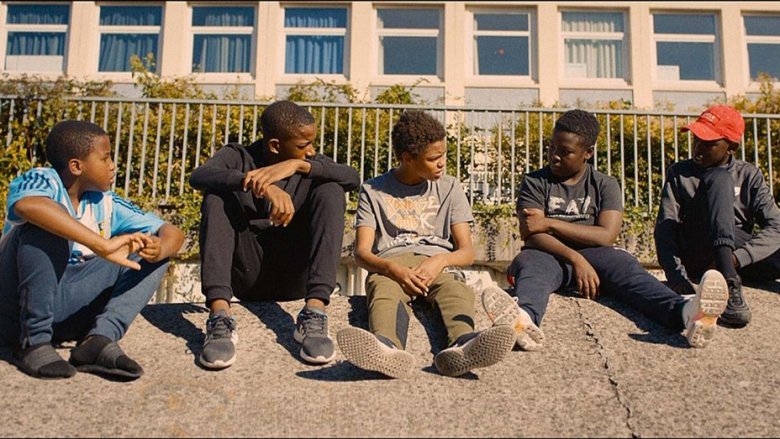
Les Misérables, directed by Ladj Ly, is one of the most remarkable films of the year, in which the world of violence, injustice and poverty of Paris of our days is depicted. After the short movie with the same title from 2018, the director created this epic story about the everyday struggle of the discriminated poor classes of the Parisian suburbs and their relationship with the authorities. The action of the film takes place in Montfermeil, a suburb of Paris and the setting of the famous novel Les Misérables by Victor Hugo.
Although it is not an adaptation of the novel, Ladj Ly has carefully chosen the title and the neighbourhood, as well as certain dialogue and references in the film to show that class inequality is a valid issue of our days, one with dangerous outcomes.
The plot of the 2019 French film depicts Stéphane Ruiz, a policeman, who joins the police brigade of the Montfermeil neighbourhood and witnesses the corruption of his brigade’s leader. When one of his colleagues shoots with a flash ball a young boy of colour in one of their missions, their intervention is filmed by a drone controlled by another young boy in the neighbourhood. This complicates the already tensioned relations between policemen and the local kids and teens. The attitude of Stéphane’s colleagues towards the incident shows a horrifying truth about injustice, inequality and police brutality. Faced with the consequences of their own deeds, the film suggests that the line between the good and the bad is very thin.
Les Misérables, nominated for the Oscar for best foreign film, is one of the bravest films of 2019, with great acting and profoundness, raising valid questions about discrimination, violence and human relations.